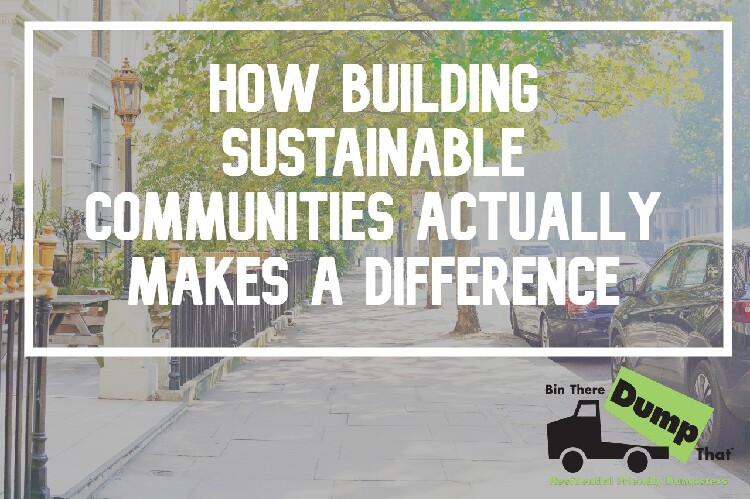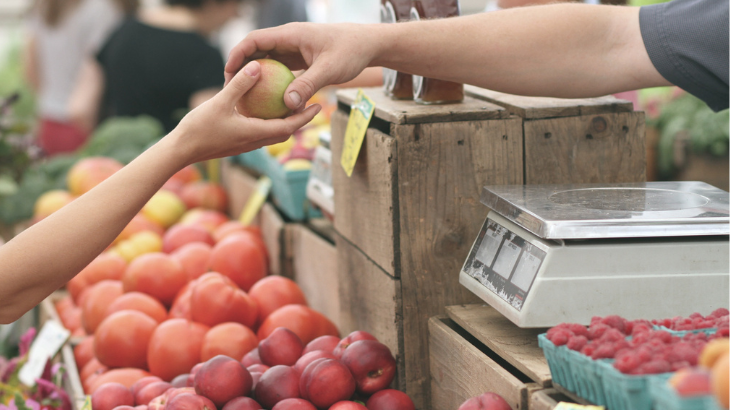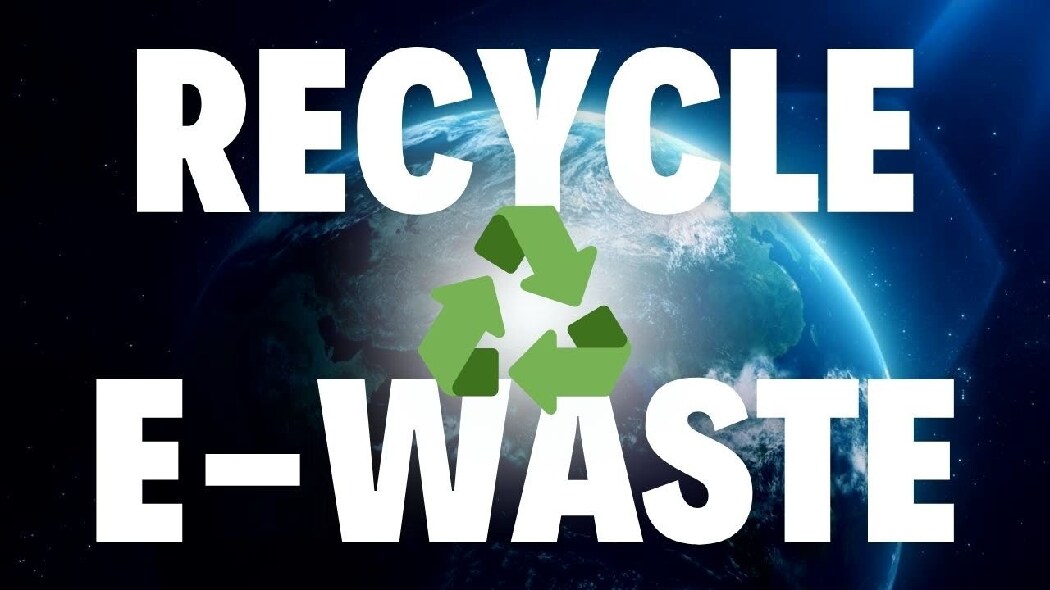
How Building Sustainable Communities Actually Makes a Difference
Building sustainable communities has become a critical topic in today's world, where concerns about climate change, resource depletion, and social equity are at the forefront. The concept of self sustainable communities has gained significant attention as a potential solution to address these challenges.
In this article, we will explore what self sustainable communities are, how they are built, how individuals can live a self sustainable lifestyle, and the benefits of such communities. By delving into these questions, we can understand how building self sustainable communities can make a tangible difference in creating a more sustainable future.

What is a Self Sustainable Community?
A self sustainable community is a localized group of individuals or households that strive to meet their basic needs, such as food, water, shelter, energy, and waste management, within the boundaries of their community, without relying heavily on external resources.
These communities aim to create a closed-loop system, where the resources used are replenished, reused, or recycled to minimize waste and reduce their environmental impact. Self sustaining communities are designed to be resilient and self-reliant, with a focus on ecological, social, and economic sustainability.
Building a Self Sustainable Community
Building a self sustainable community requires careful planning, collaboration, and engagement from community members. Here are some key steps:
Establishing Local Sustainable Food System
One of the fundamental aspects of a self sustainable community is the ability to produce food locally. This can be achieved through community gardens, urban farming, or rooftop gardens, using organic and regenerative practices that promote biodiversity and soil health. Locally sourced food reduces transportation emissions, supports local farmers, and promotes food security.

Sustainable Housing and Infrastructure
Another crucial element is the design and construction of sustainable housing and infrastructure. This includes using energy-efficient building materials, incorporating renewable energy sources like solar panels or wind turbines, implementing rainwater harvesting and greywater systems for water conservation, and creating walkable and bike-friendly communities to reduce dependence on cars.
Resource Conservation and Waste Management
Self sustainable communities emphasize resource conservation and waste reduction. This includes practicing the 3Rs - Reduce, Reuse, and Recycle, and implementing composting and recycling programs. Additionally, communities can adopt circular economy principles, where waste from one process becomes a resource for another, minimizing waste and maximizing resource utilization.

Community Engagement and Education
Building a self sustainable community requires active community engagement and education. This includes involving community members in decision-making processes, organizing workshops, and educational programs on sustainable living practices, and fostering a culture of sustainability within the community.
How to Live a Self Sustainable Lifestyle?
Living a self sustainable lifestyle involves adopting sustainable practices in our everyday lives. Here are some ways to live a self sustainable lifestyle:
Conscious Consumption: Being mindful of our consumption patterns and choosing products that are locally produced, organic, fair trade, and ethically sourced can reduce our ecological footprint and support local economies.
Resource Conservation: Conserving resources such as water and energy by reducing usage, optimizing consumption, and adopting energy-efficient technologies at home, such as LED bulbs, smart thermostats, and low-flow fixtures.
Waste Reduction and Recycling: Practicing the 3Rs - Reduce, Reuse, and Recycle - to minimize waste generation, reusing items whenever possible, and recycling materials that can be recycled.
Sustainable Transportation: Reducing dependence on fossil-fueled transportation by using public transportation, carpooling, biking, or walking, and considering electric or hybrid vehicles when feasible.
Community Engagement: Engaging with local communities, participating in community initiatives, and supporting
Supporting Local Businesses for Community Growth
Supporting local businesses is a vital element in building self sustainable communities, and Bin There Dump That's locally owned and operated business model exemplifies this approach. Local businesses play a significant role in fostering community growth and sustainability, benefiting the environment, economy, and social cohesion.
One of the key reasons why shopping from local businesses is important is economic sustainability. Local businesses are the backbone of the local economy, providing employment opportunities and generating revenue that stays within the community. When consumers support local businesses, they contribute to the economic well-being of the community by keeping money circulating locally, supporting local entrepreneurs and families.
Another important aspect is the reduced environmental impact. Shopping locally often means that products and services are sourced from nearby, which can lead to lower carbon emissions, reduced energy consumption, and a smaller ecological footprint. This promotes sustainability and environmental conservation, contributing to a healthier planet.

Community engagement is also enhanced by supporting local businesses. Local businesses are typically deeply connected to the community, often run by local residents who are invested in the well-being of the community. They are more likely to engage in community initiatives, contribute to local events, and support local causes, fostering a sense of community and social cohesion.
In addition, local businesses offer unique and authentic products or services that reflect the local culture, heritage, and craftsmanship. By supporting local businesses, consumers can access these unique offerings, contributing to the preservation of local culture and identity.
Personalized service and relationships are also hallmarks of local businesses. They often provide personalized and friendly service, building relationships with customers based on trust and loyalty. These relationships foster
Promoting Sustainability and Supporting Local Businesses with Bin There Dump That
Building self sustainable communities is not only possible but also imperative in addressing global challenges such as climate change, resource depletion, and social inequality. Self sustainable communities, characterized by sustainable housing, local sourcing, and community engagement, promote economic, social, and environmental sustainability.
By choosing Bin There Dump That, customers not only support a local business, but also contribute to the economic growth and environmental sustainability of their community. Together, these efforts can make a significant difference in creating a more sustainable and resilient world for present and future generations. Take the necessary steps to build self sustainable communities and shape a better future for yourself and our planet.
Related Blog Posts
- Revive Your Home for Spring with This Spring Home Maintenance Checklist
- 10 New Home Trends That Will Make Your Friends Jealous
- How Our Dumpsters Support Realtors and Property Managers: A Comprehensive Guide
- 12 Jaw-Dropping Clutter Statistics That Will Make You Want to Declutter Today!
- Unlocking Space: The Complete Guide on Pocket Door Installation
- Step by Step Guide on How to Install Carpet Like a Pro




